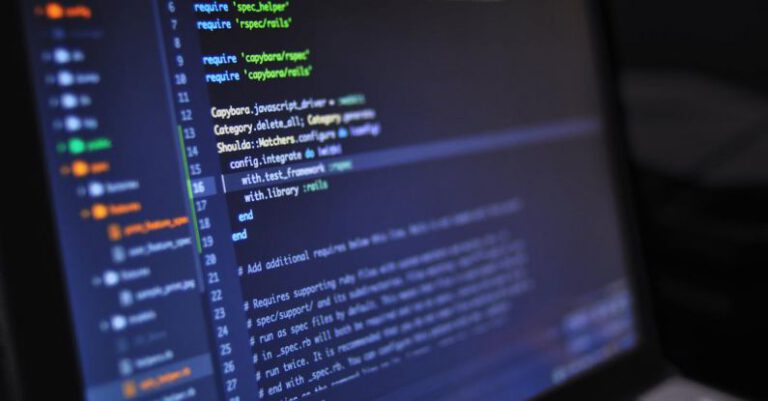How Is Augmented Reality Being Used in Education?
Augmented Reality (AR) has been making waves in various industries, and its impact on education is truly transformative. This innovative technology blends the physical world with digital elements, providing an interactive and engaging learning experience for students of all ages. By superimposing computer-generated images onto the real environment, AR has the potential to revolutionize traditional teaching methods and enhance student understanding and retention. Let’s delve into how augmented reality is being used in education to create a more dynamic and immersive learning environment.
Enhancing Traditional Learning Materials
One of the key ways augmented reality is being utilized in education is by enhancing traditional learning materials such as textbooks and worksheets. By simply scanning a page with an AR-enabled device, students can unlock additional content like 3D models, videos, animations, and interactive quizzes related to the topic at hand. This not only makes learning more engaging but also helps students visualize complex concepts in a way that is more relatable and easier to comprehend.
Virtual Field Trips and Simulations
Augmented reality has the power to transport students beyond the walls of the classroom and into immersive virtual environments. Through AR applications, educators can take their students on virtual field trips to historical landmarks, outer space, or even inside the human body. These virtual experiences provide a more interactive and memorable way for students to explore and learn about different subjects, making education come to life in ways that were previously unimaginable.
Interactive Learning Experiences
One of the most significant advantages of using augmented reality in education is its ability to create interactive learning experiences. AR applications can present students with real-time feedback, interactive simulations, and gamified activities that promote active participation and boost student engagement. By incorporating elements of play and exploration, educators can make learning more enjoyable and effective, ultimately leading to better retention and understanding of the material.
Personalized and Adaptive Learning
Another way in which augmented reality is revolutionizing education is through personalized and adaptive learning experiences. AR technology can track student progress, assess their strengths and weaknesses, and tailor educational content to meet individual learning needs. By providing personalized feedback and adaptive challenges, augmented reality helps students learn at their own pace and in a way that is best suited to their unique learning styles.
Improved Collaboration and Communication
Augmented reality also facilitates collaboration and communication among students and between students and teachers. By enabling shared experiences and real-time interactions in a virtual space, AR applications promote teamwork, critical thinking, and problem-solving skills. Students can work together on projects, solve puzzles, and engage in discussions in a collaborative and engaging environment that mirrors real-world scenarios.
Empowering Special Education
AR technology is particularly beneficial for students with special needs or learning disabilities. By providing multisensory experiences and customizable learning tools, augmented reality helps cater to the diverse needs of students with varying abilities. AR applications can offer visual and auditory cues, interactive prompts, and adaptive feedback to support special education students in their learning journey and enhance their overall educational experience.
The Future of Education with Augmented Reality
As technology continues to advance, the possibilities for integrating augmented reality into education are endless. From virtual laboratories to language learning apps, AR has the potential to revolutionize the way we teach and learn across all subjects and grade levels. By harnessing the power of augmented reality, educators can create a more dynamic, engaging, and personalized learning environment that empowers students to reach their full potential.
In conclusion, augmented reality is reshaping the landscape of education by providing innovative ways to enhance traditional learning materials, offer virtual field trips and simulations, create interactive learning experiences, personalize learning, improve collaboration, and empower students with special needs. As we look towards the future, it is clear that augmented reality will continue to play a crucial role in transforming education and equipping students with the skills they need to succeed in an increasingly digital world.






